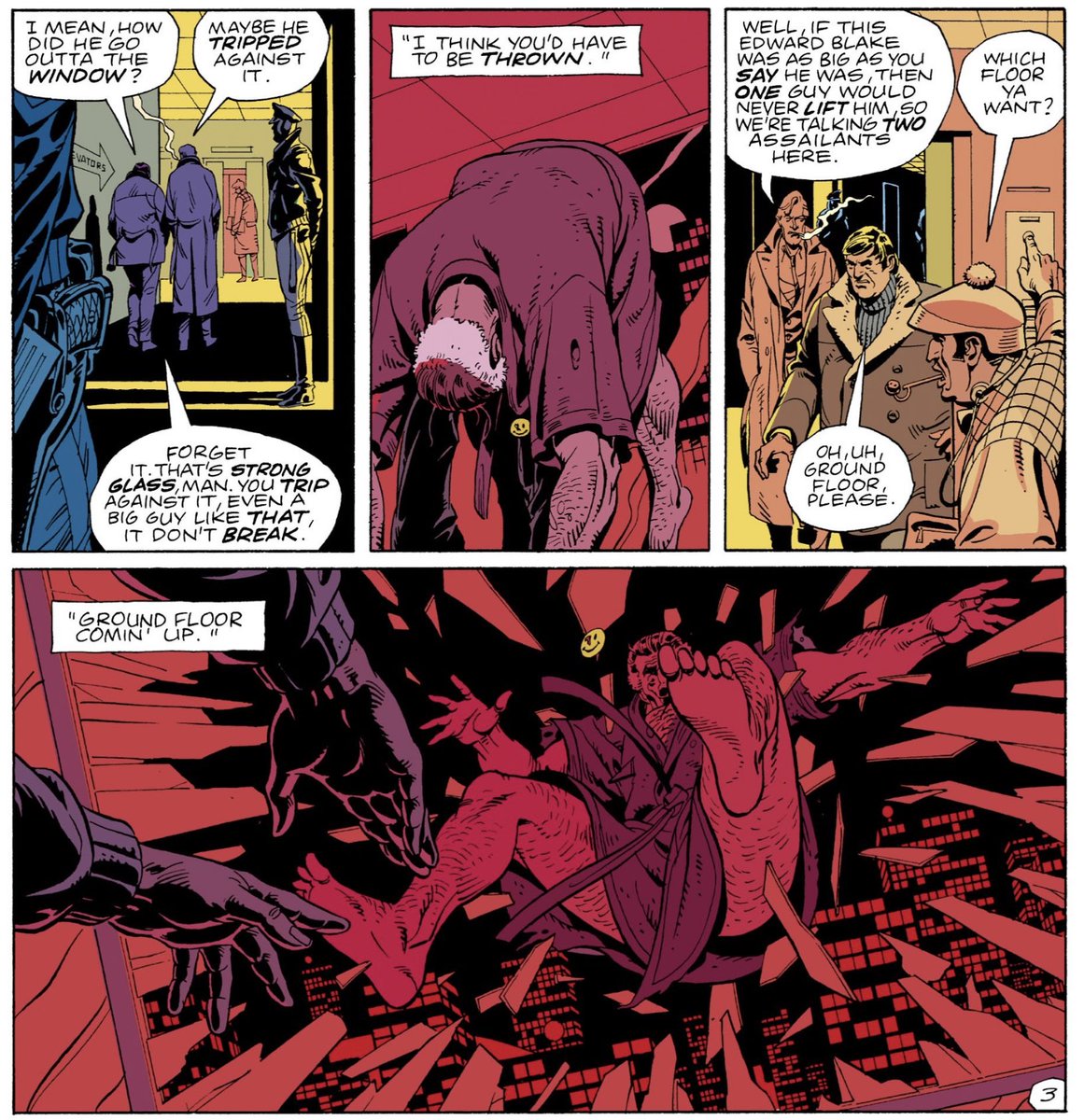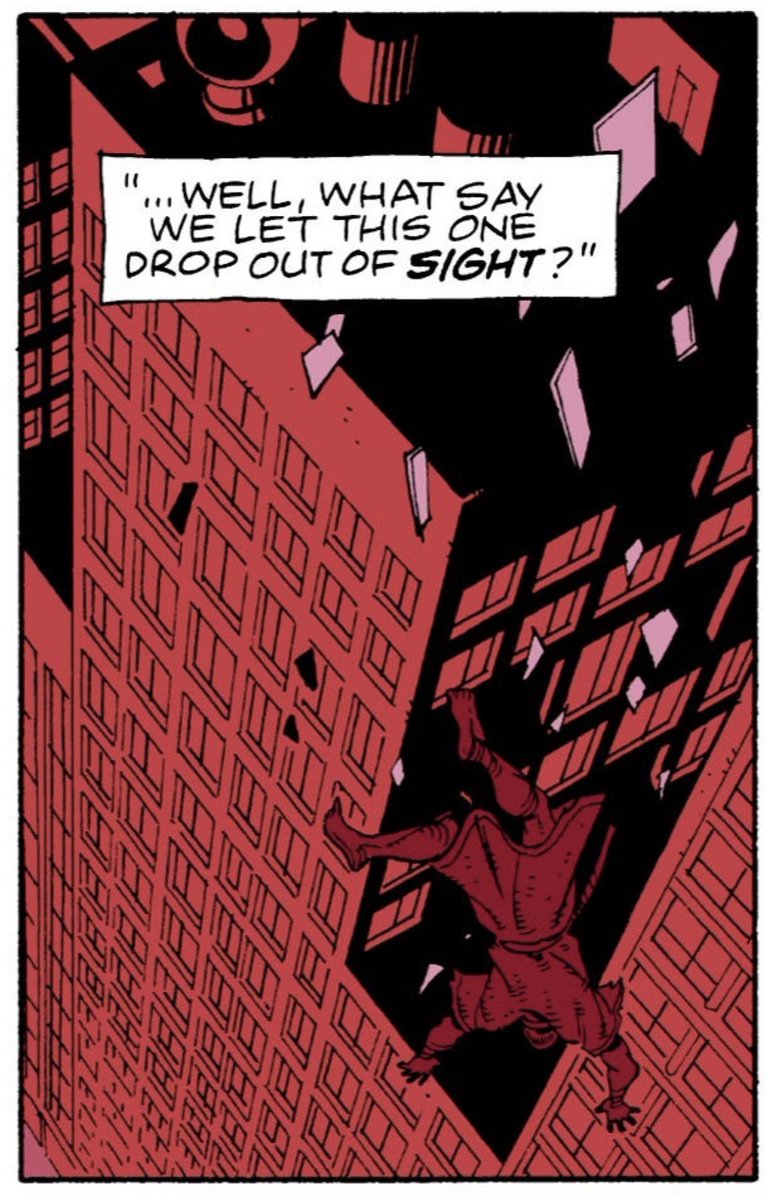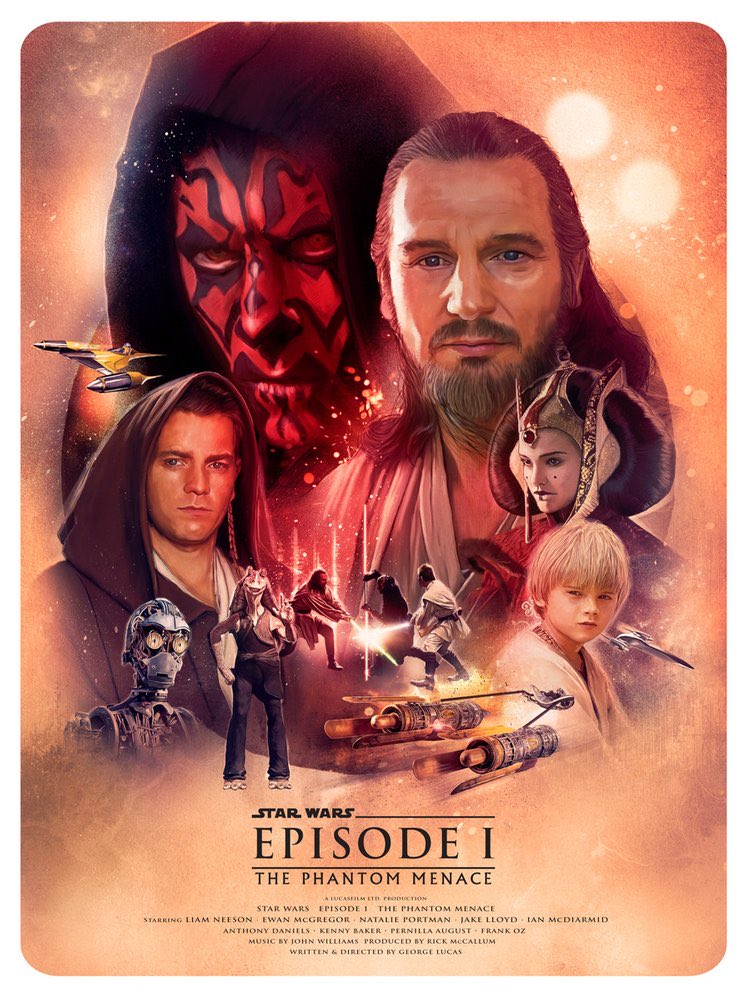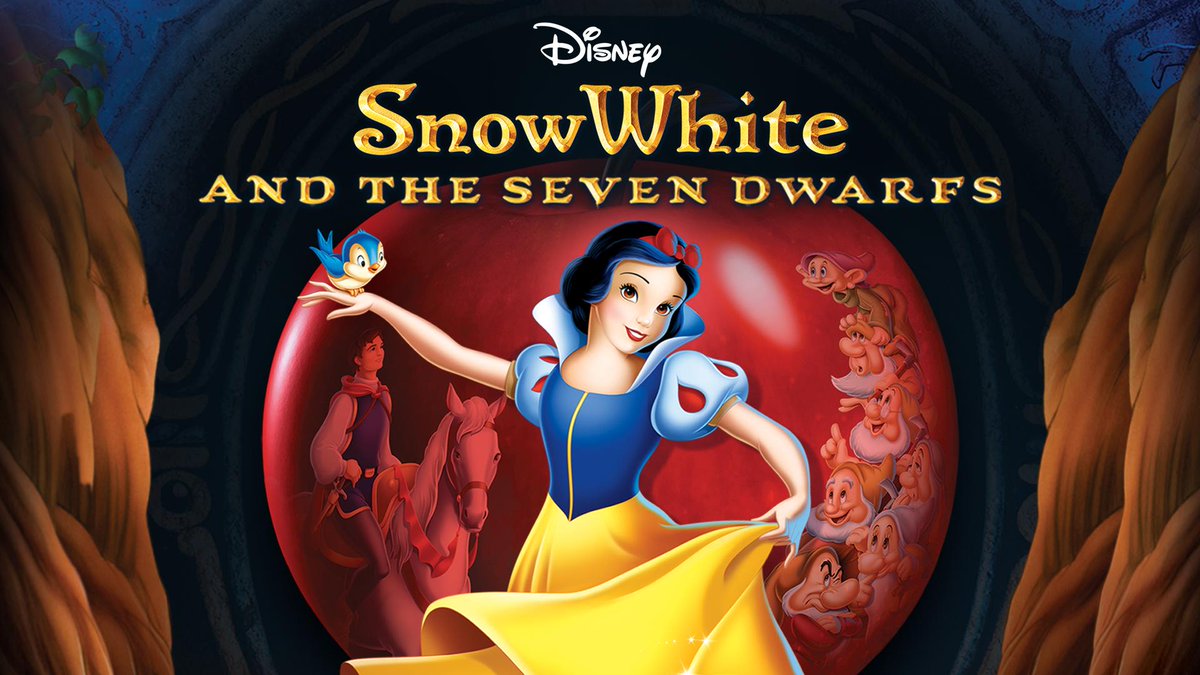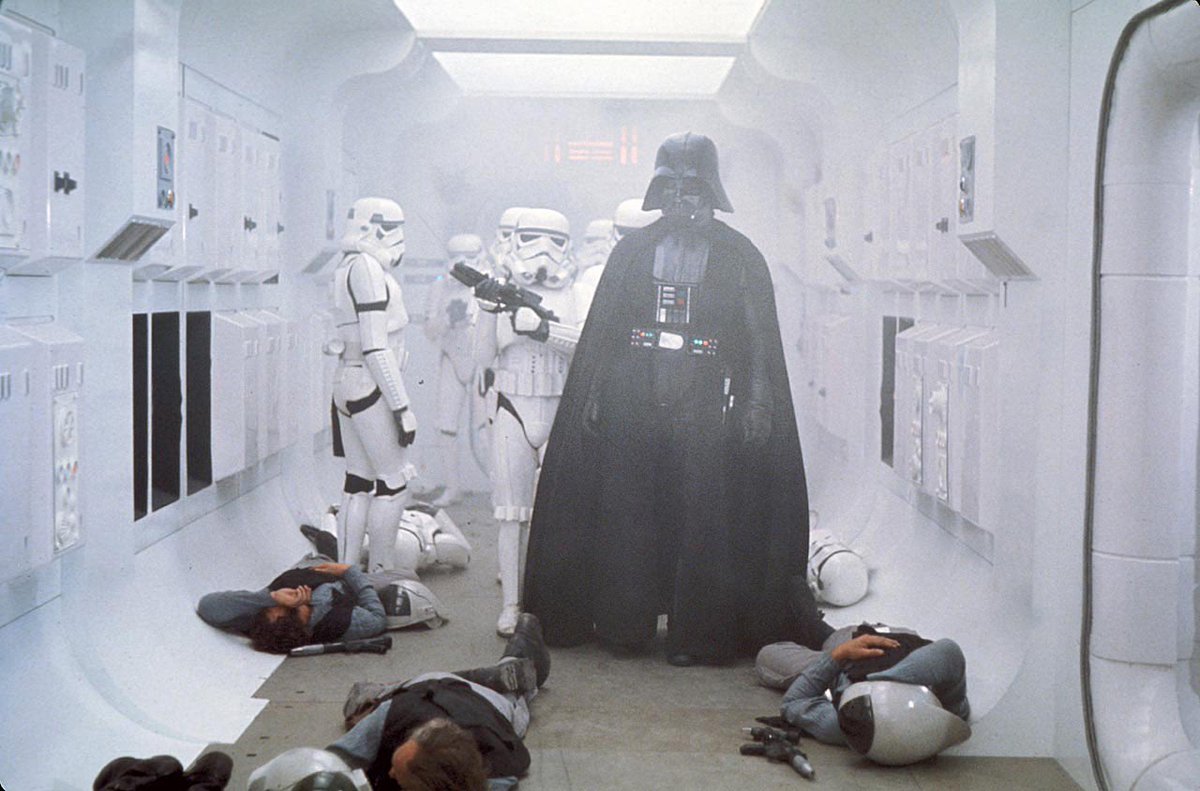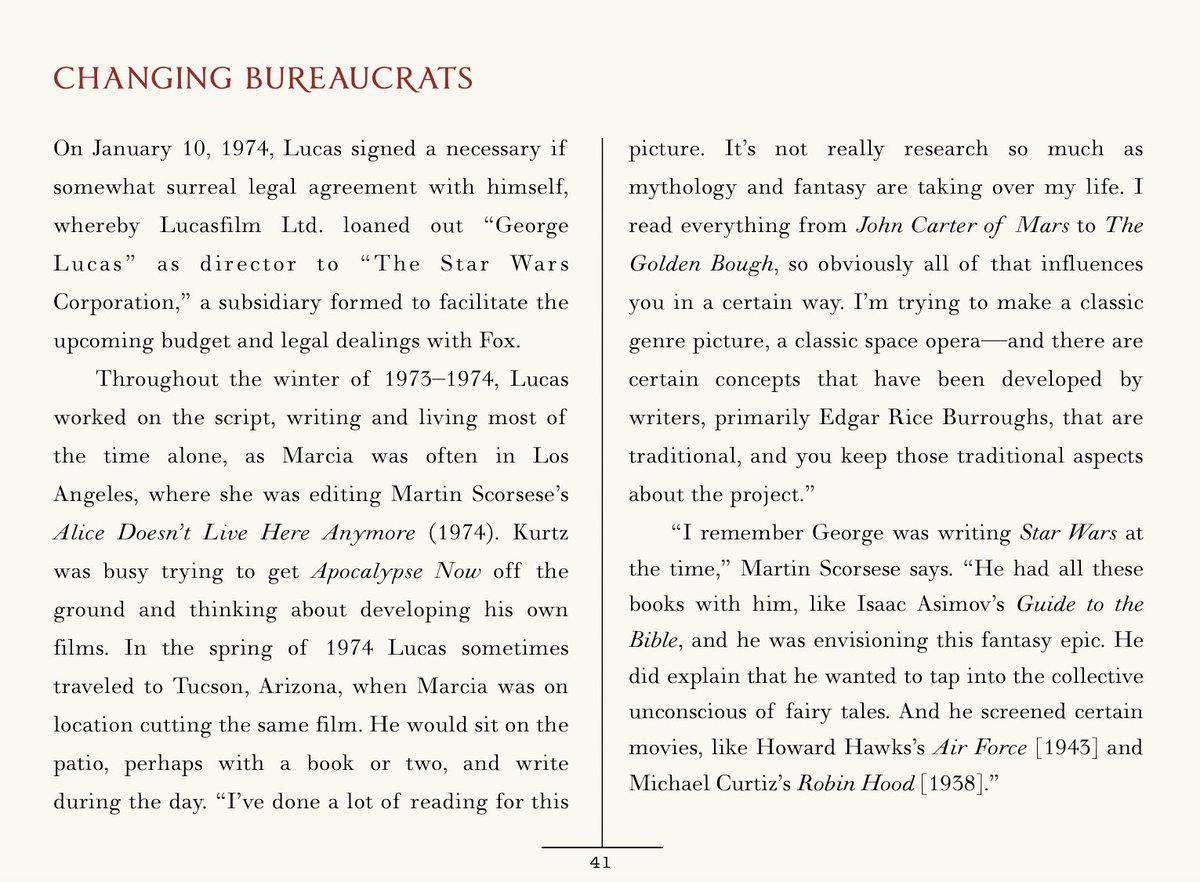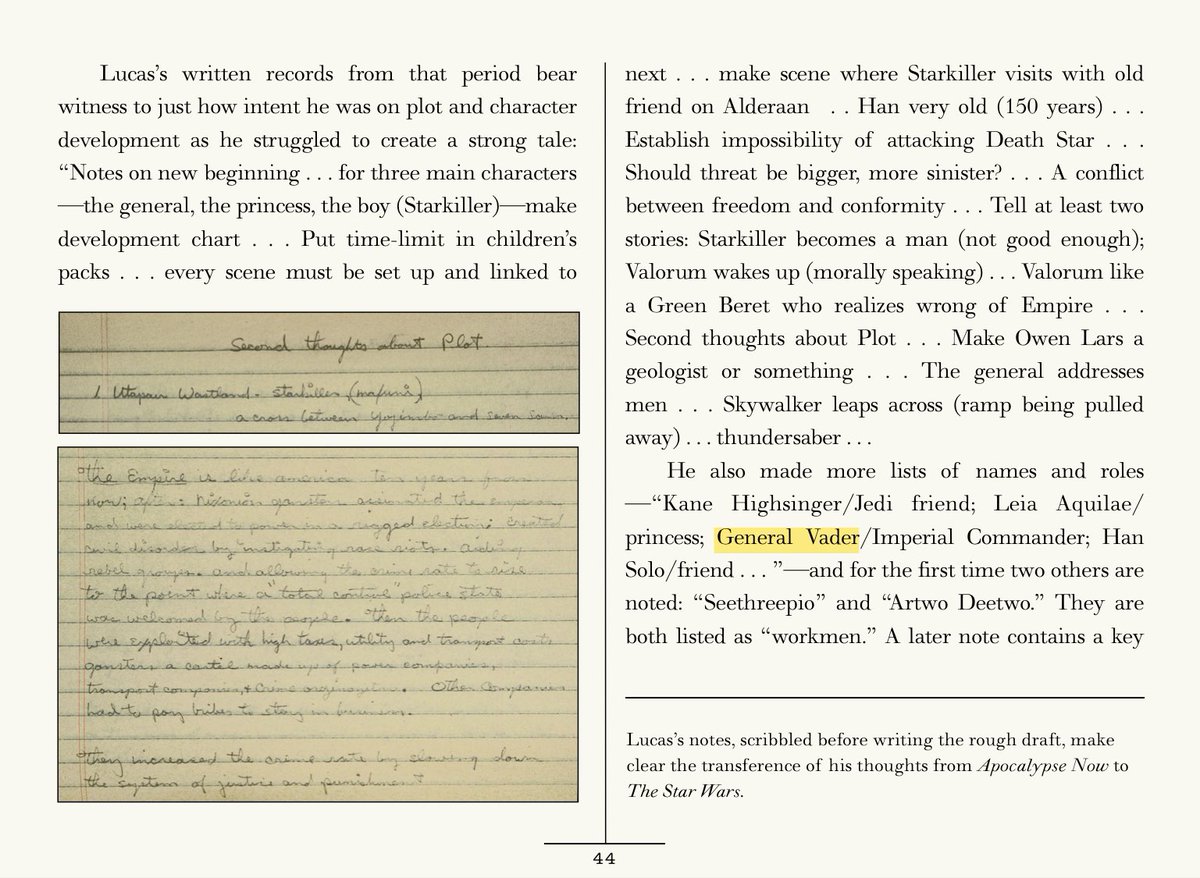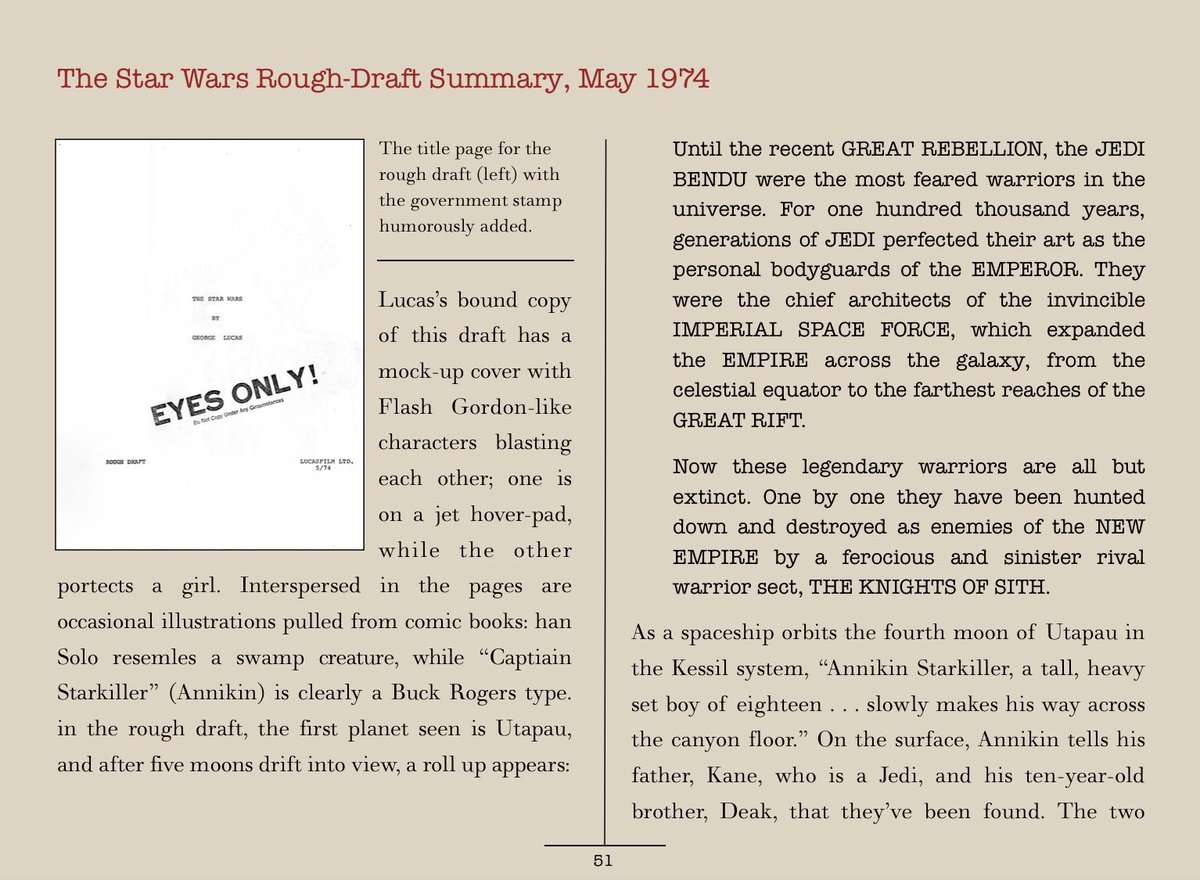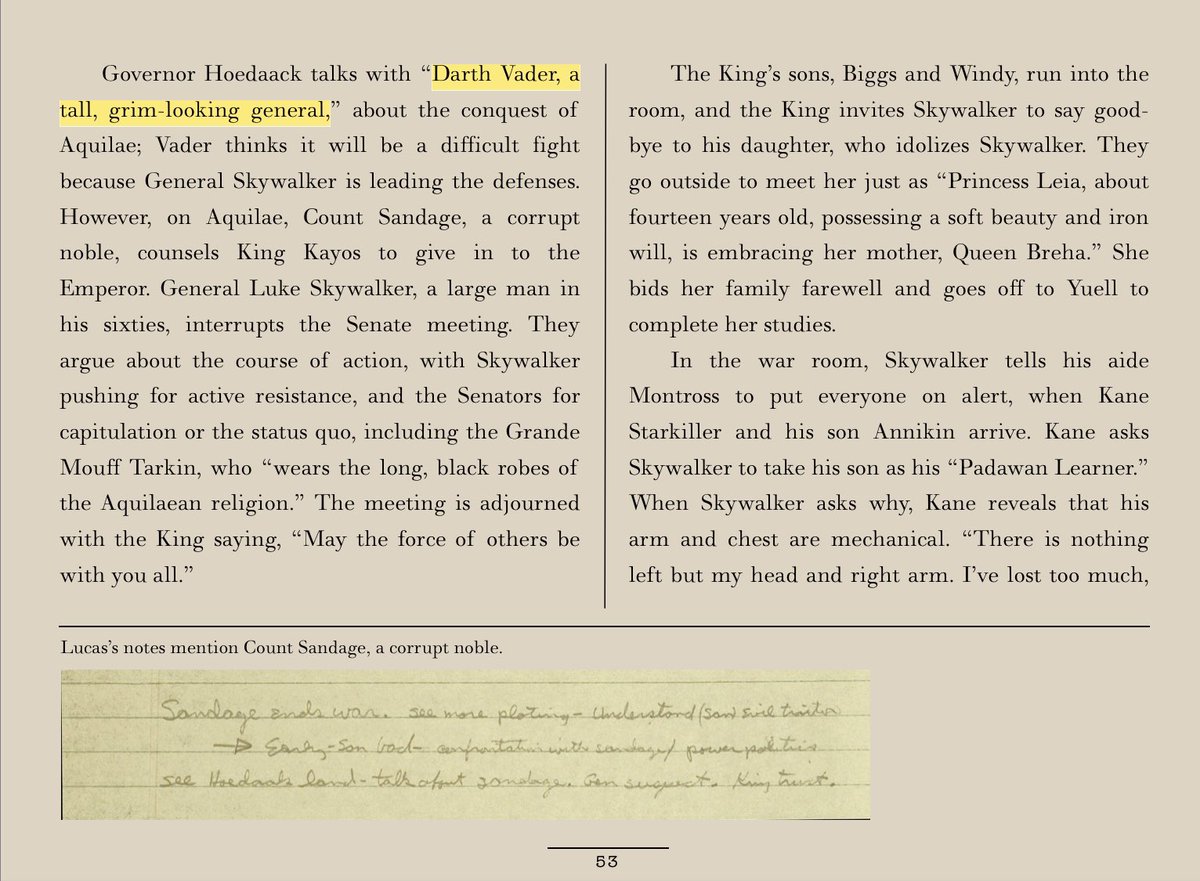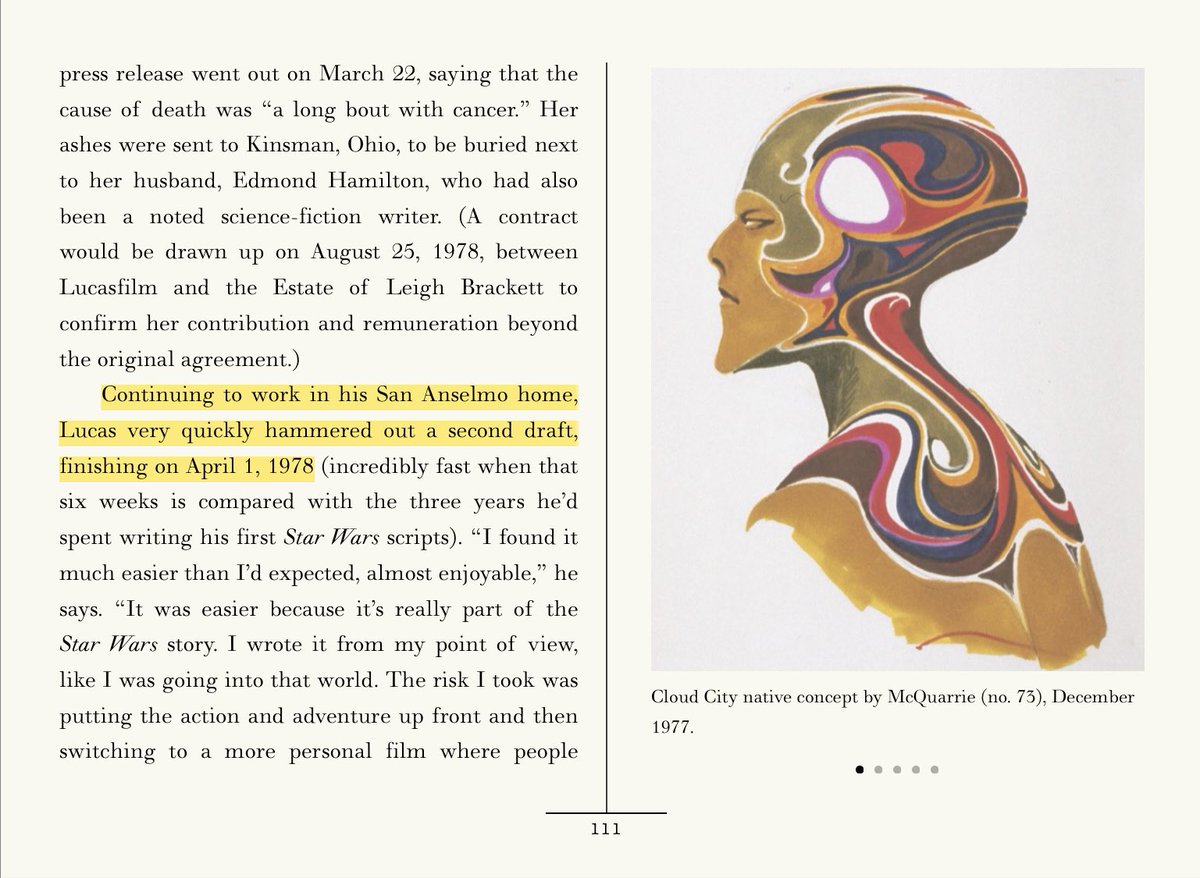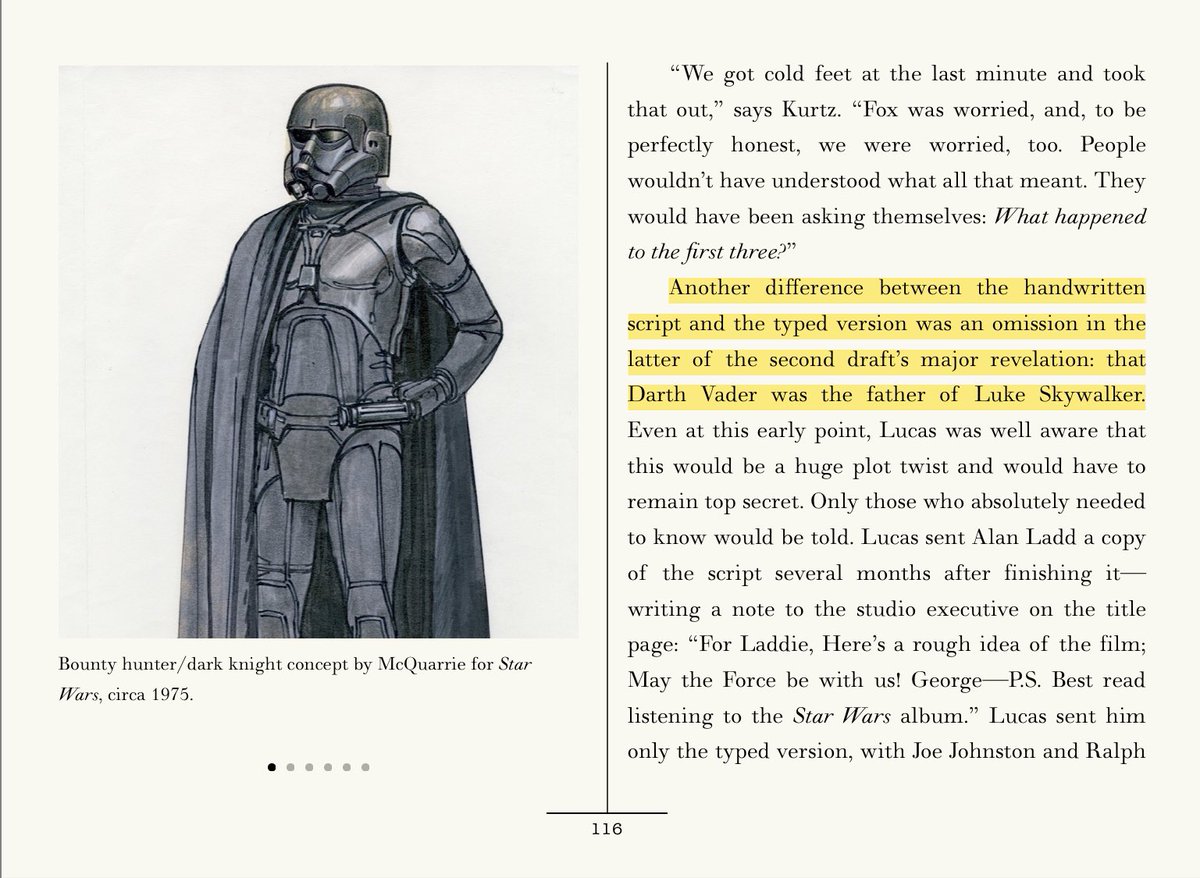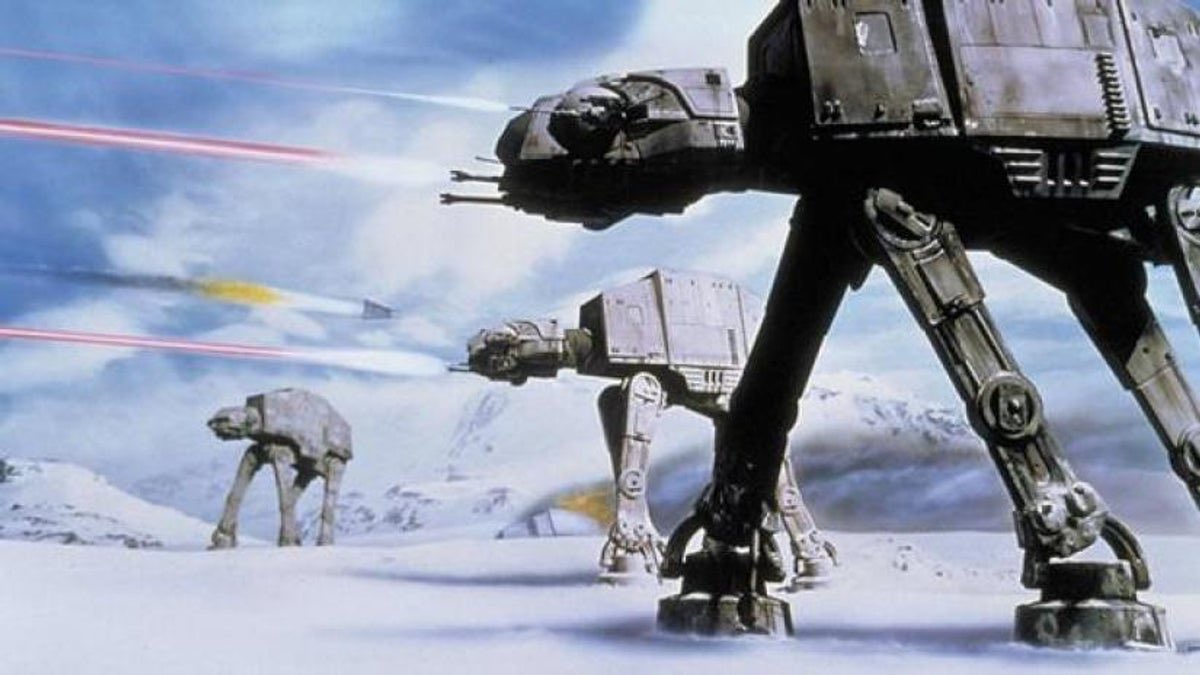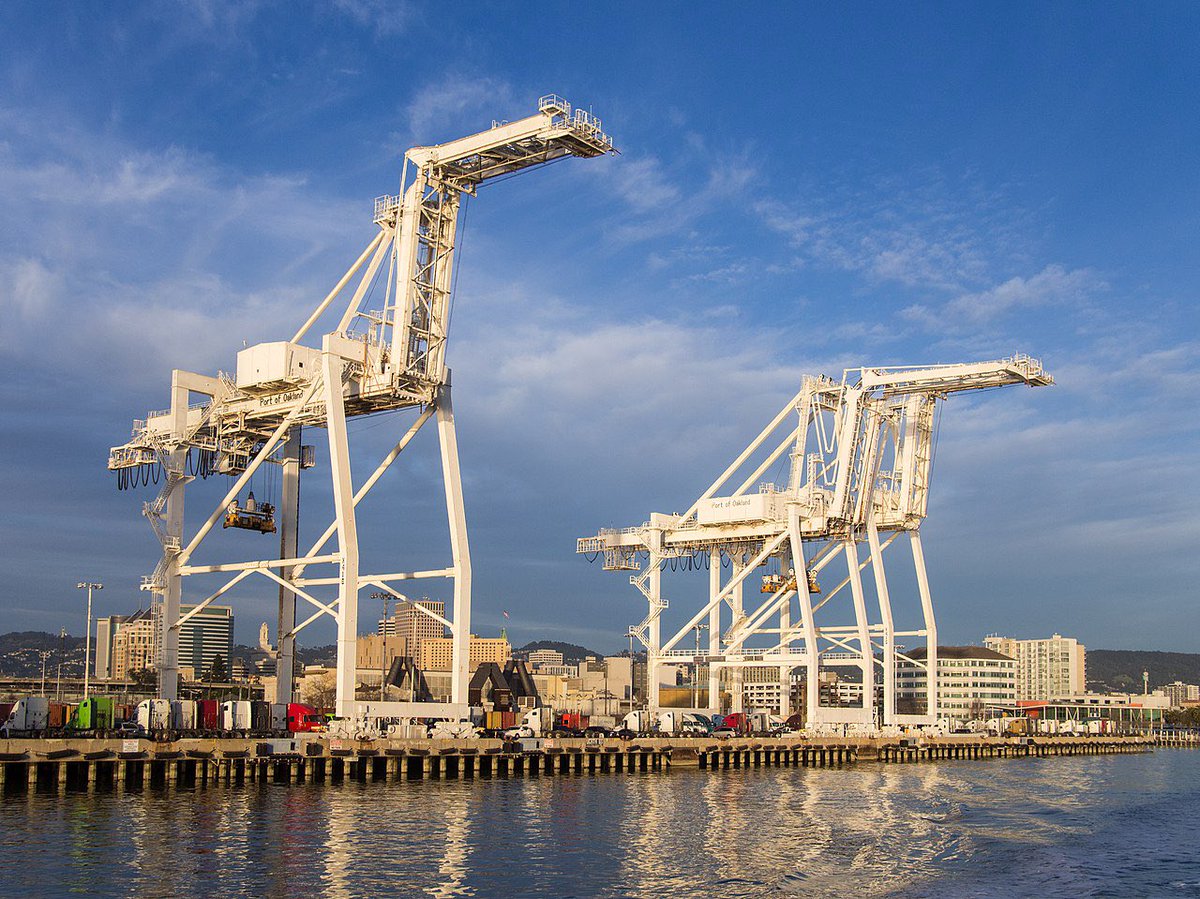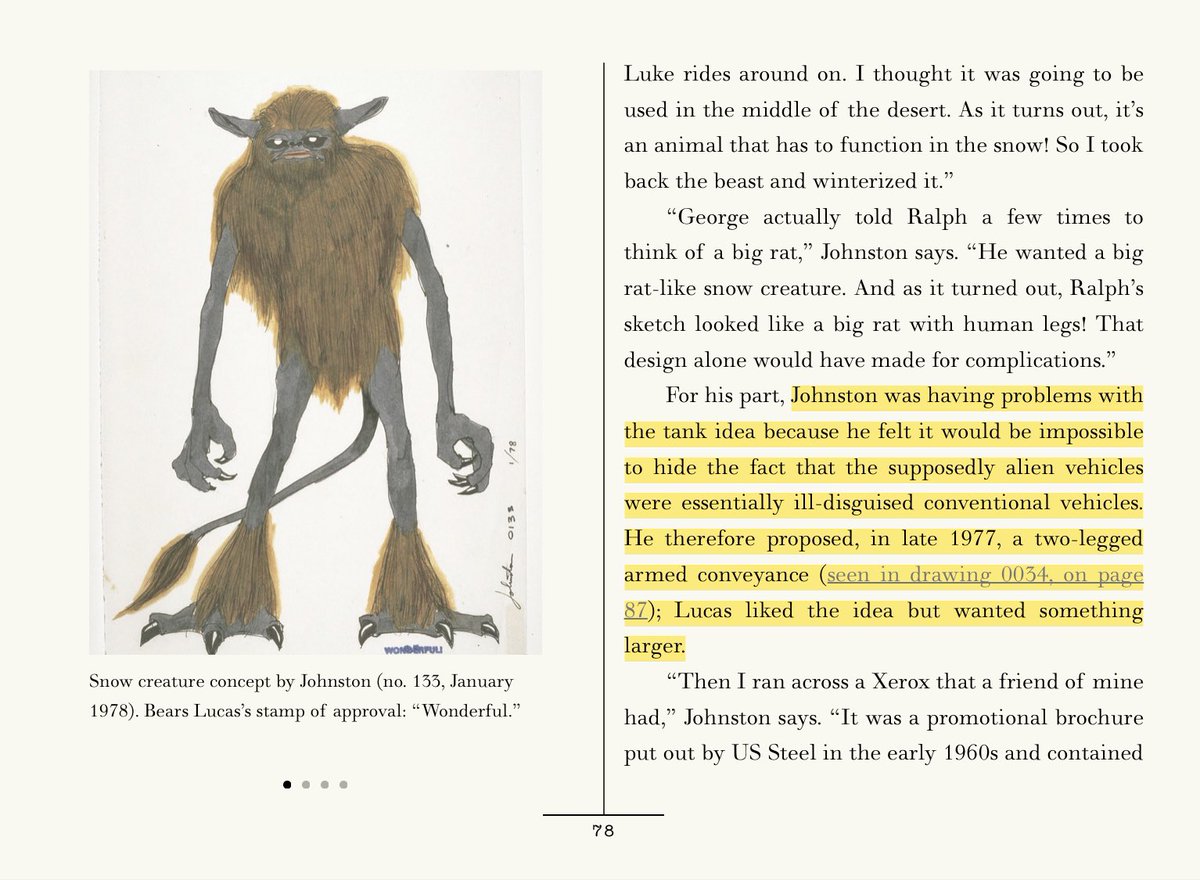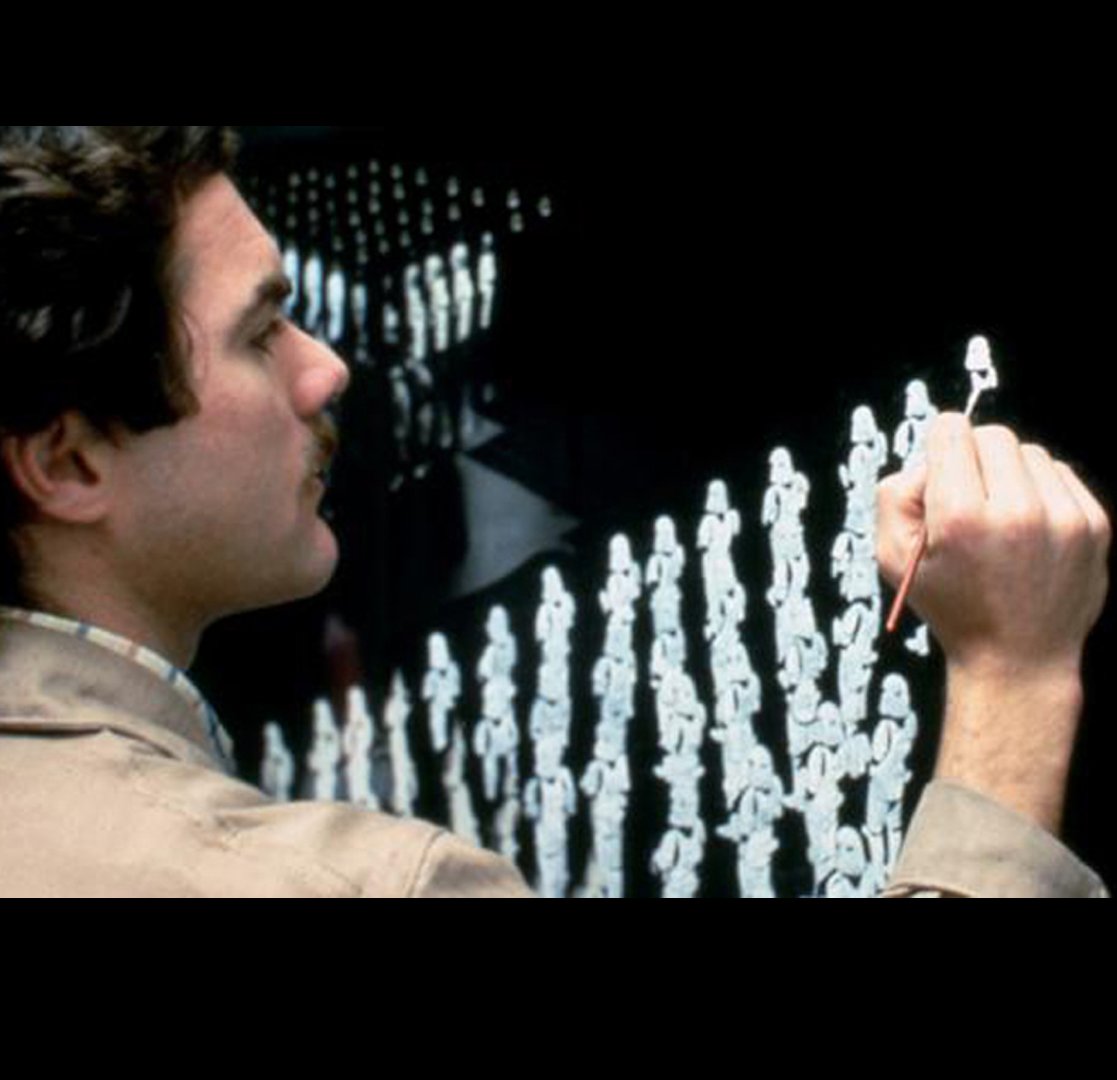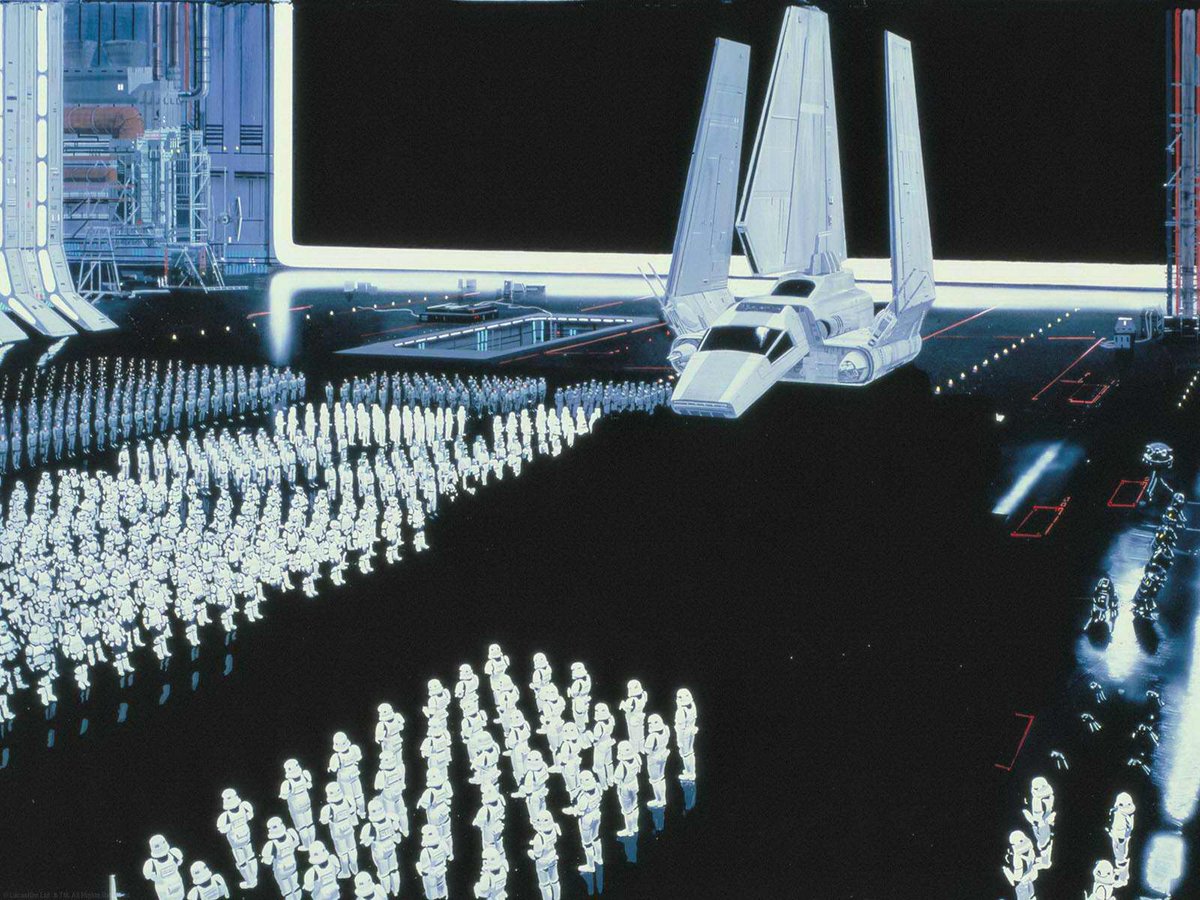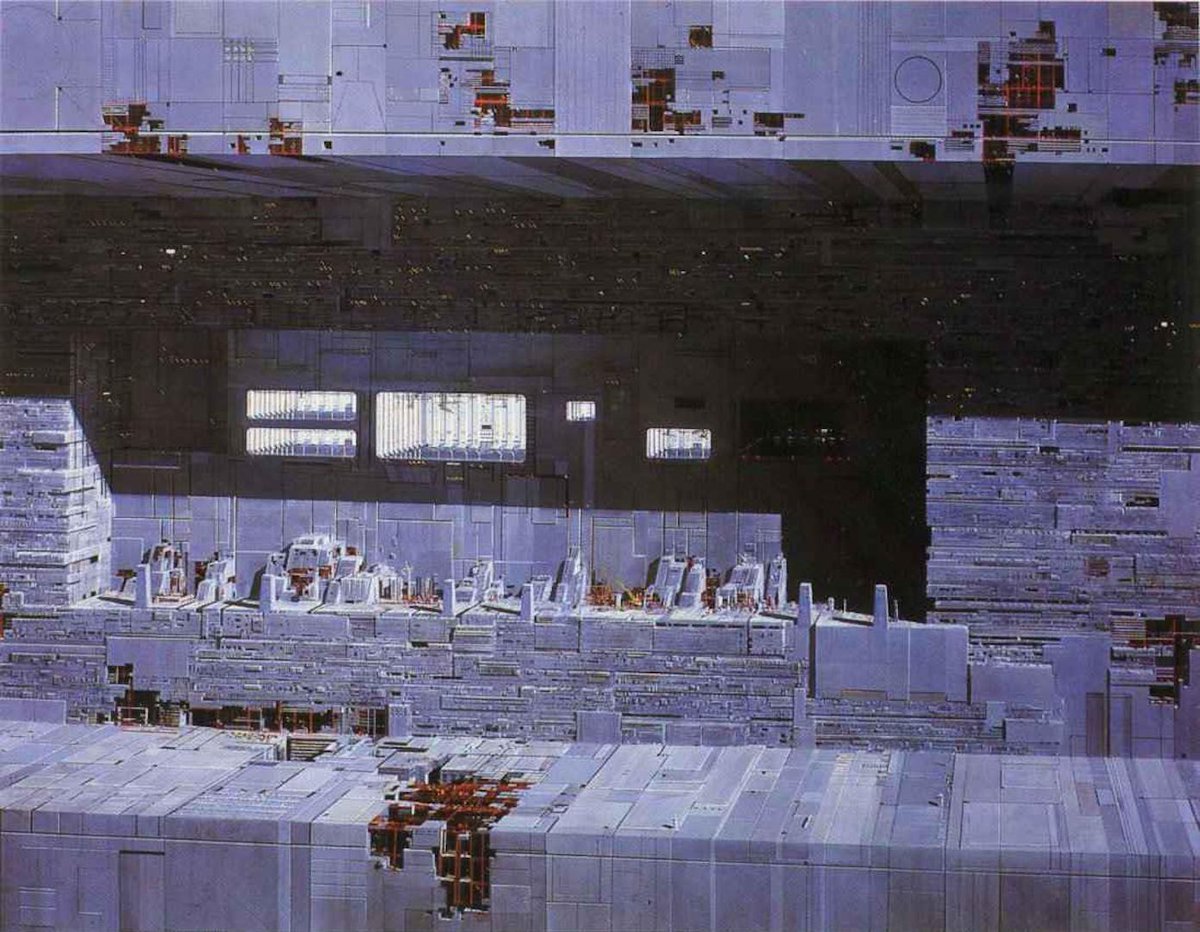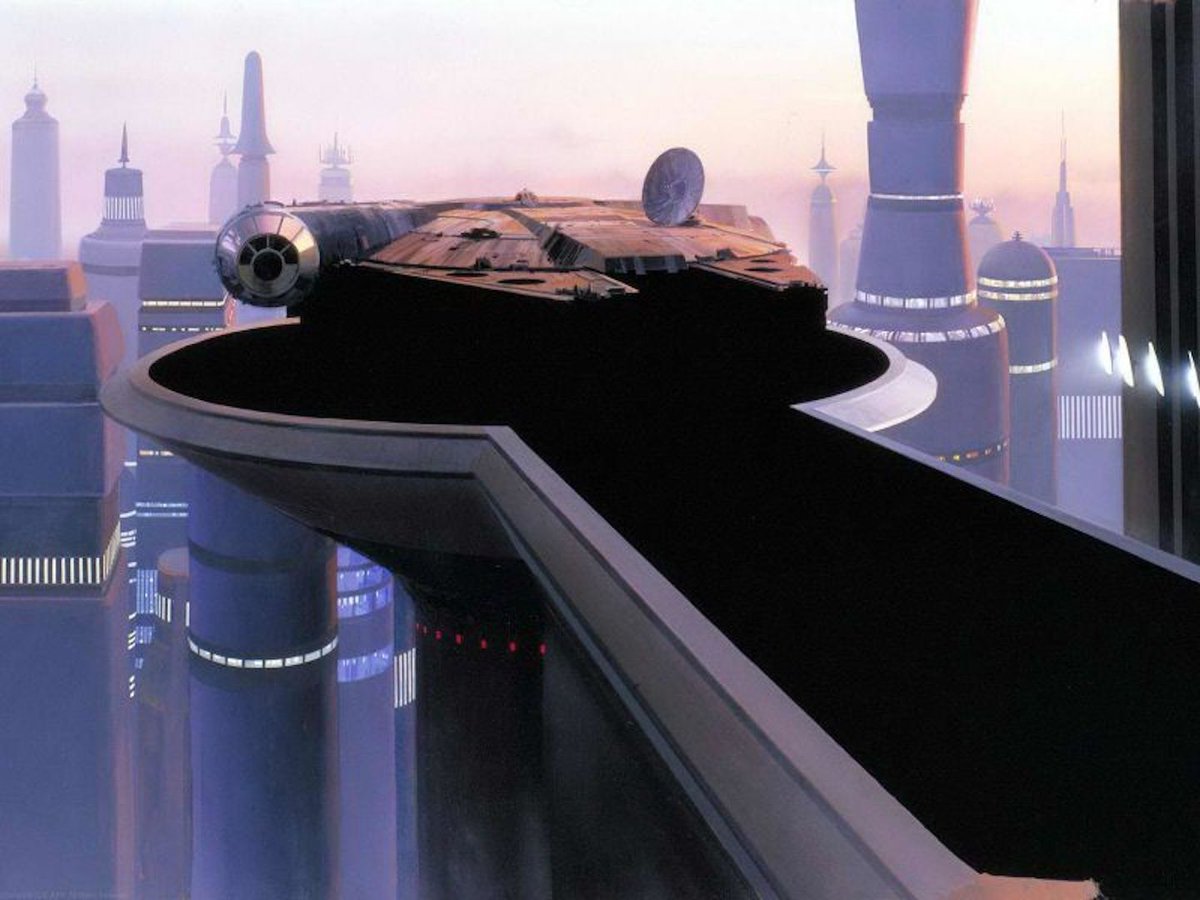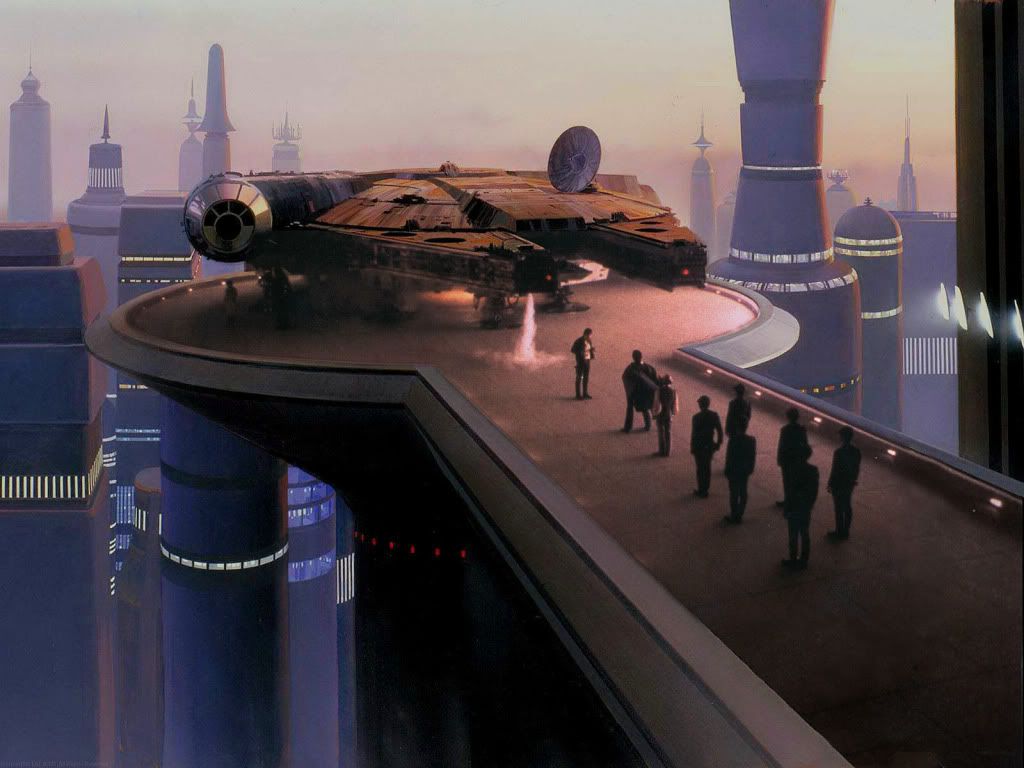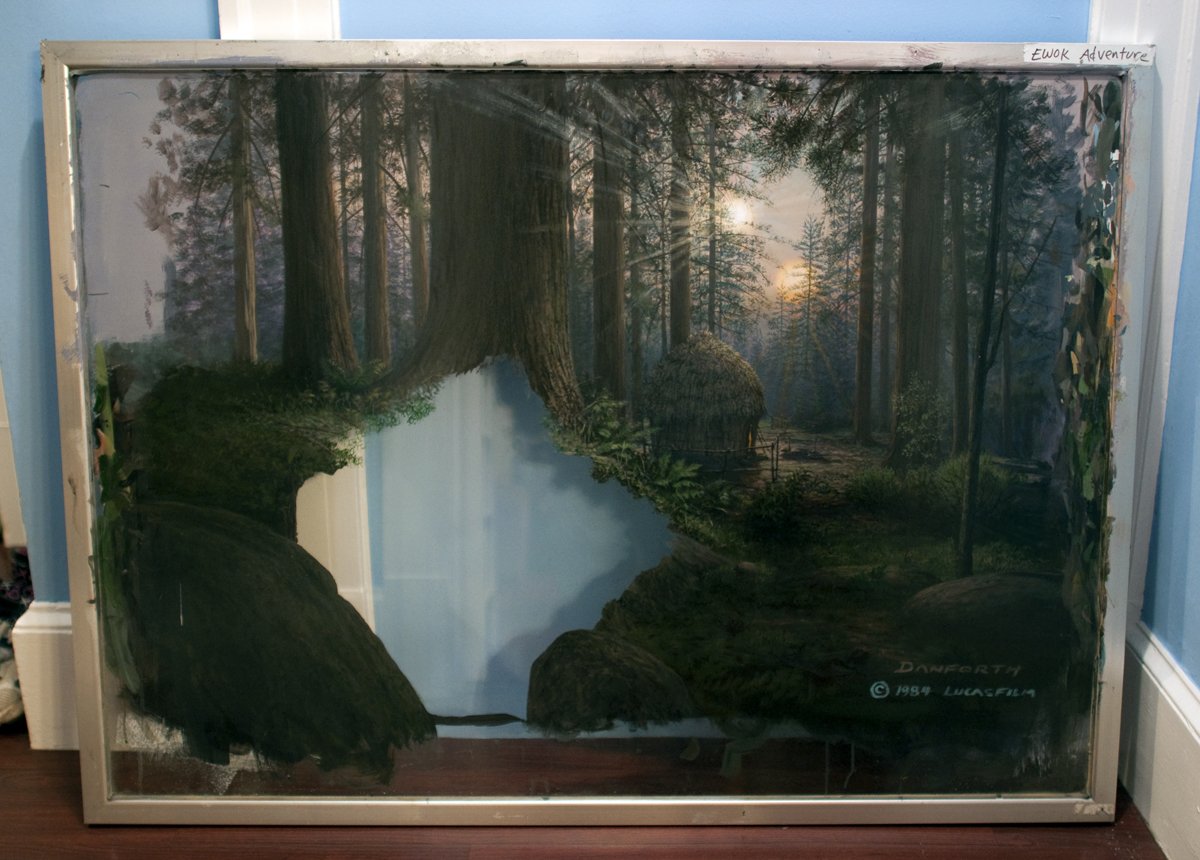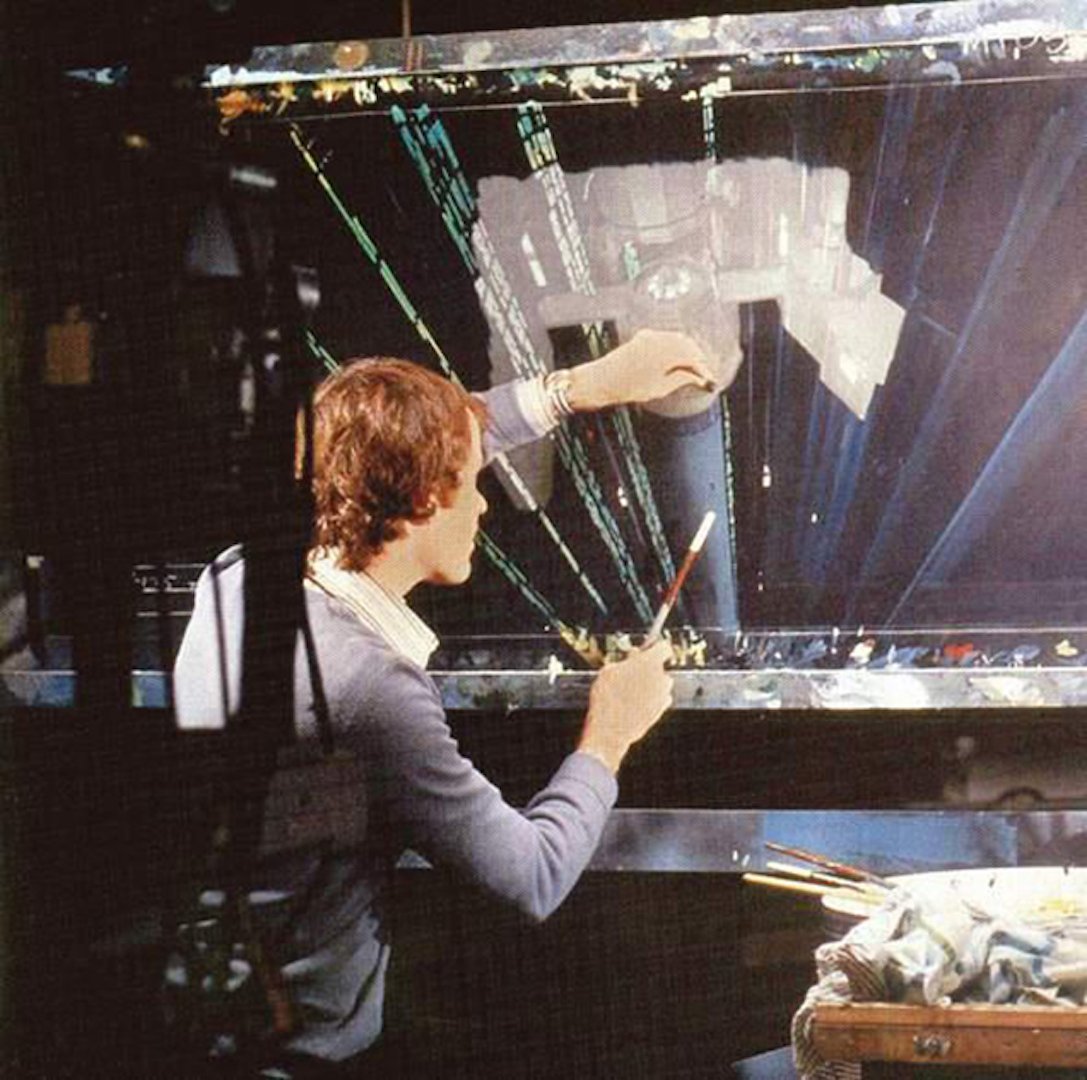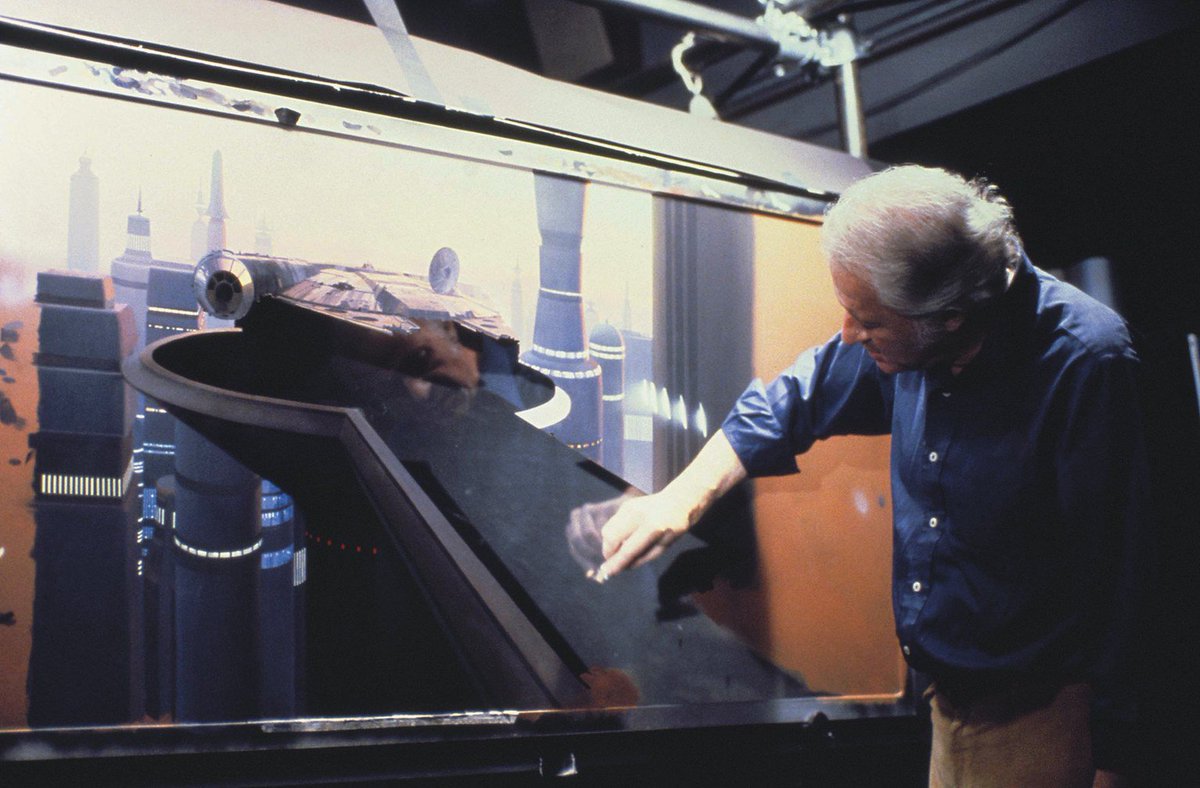Because I figure I should watch all the “Star Wars” films again before “The Rise of Skywalker.”
Dear goodness, “The Phantom Menace” goes all-in on the racism incredibly quickly, doesn’t it?
The Trade Federation and the Gungans are absolutely terrible, in concept and execution.
Without any real introspection or consideration. There’s no sense that Lucas put any thought into that, despite how much thought he put into everything else.
Like the Ewoks, they are Lucas playing out postcolonial anxieties, a “primitive” culture defeating a technologically and militarily more advanced force.
We still haven’t left Vietnam behind. Which is prophetic in 1999.
Jar-Jar is an awful character. Because he’s a racist caricature, not because he’s silly or stupid.
Indeed, he’s transparently a character from a children’s film. Like the precocious and earnest Anakin.
And whether that upset the fans who had watched the originals as kids, but approached the prequels as forty-year-olds.
There is nothing wrong with children’s entertainment, although it does make older fans uncomfortable.
“I don't sense anything.”
Even by the start of “The Phantom Menace, Qui Gon Jinn is a spent force.
He is the lost hero of a bygone age, whose best years are behind him. A failure, a shadow of his former self.
Now, however, he is just somebody has made terrible choices that have put the younger generation in a terrible situation.
He’s taking low-priority missions, and messing them up.
It’s the same role that Darth Vader, Obi-Wan Kenobi and Yoda played in the original trilogy.
And which Han Solo and Luke Skywalker play in the sequel trilogy. Because history is cyclical like that.
“I'm a person, and my name is Anakin.”
Again, if “The Phantom Menace” were a better (or even competent) film, it land that point with in a much stronger fashion.
The Republic deserves to fall, because it allows slavery to thrive of the edge of the frontier.
we would have identifed him earlier.”
This is the tragedy of the prequels in a nutshell.
Anakin just happened to be born in the wrong place, and the entire universe paid.
If the Republic has ended slavery, things would have been different.
“I don't know. I didn't actually come here to free slaves.”
It’s not an abstract question.
Qui Gon and Obi-Wan can liberate a planet almost alone. They help lead a revolution on the prosperous Naboo.
But they stand by and let slavery thrive on Tatooine.
He’s actively participating in it. He accepts that Anakin is a person who can be traded and treated as a commodity.
He treats Watto’s property rights on Anakin’s mother as something to be respected.
Both are deeply flawed, but also very clearly products of late nineties American prosperity, and engaged with the global superpower’s obligations to developing and emerging nations.
“Voyager” often defaulted to a shrug, arguing, “It’s not our problem.” And then the crew moved on, and forgot about the lives of those suffering.
But at least it understands that any more powerful actor who responds to slavery and suffering with a shrug and “it’s not our problem” holds no moral high ground.
Which isn’t exactly out of character for Luke, who had always had a somewhat fuzzy moral compass.
He was so eager to get off Tatooine that he would have become an enforcer for a military dictatorship.
“I miss her.”
“Afraid to lose her, I think?”
While everybody remembers the “fear leads to anger” bit, an interesting recurring motif in the prequels is the suggestion that *any* love leads to the dark side.
Which is a read which is pretty awkward, especially with the racial stuff already baked into the series.
Even by the standards of sci-fi, there’s a lot of weird warped sexually coded imagery in “Star Wars”; monster penises and vaginas dentata.
Whereas, in contrast, there’s a very high chance both Obi-Wan and Luke are virgins.
The space battle is lifeless. The Gungan war isn’t as funny as it wants to be. The palace siege is pretty solid. And the lightsaber battle to “Duel of the Fates” is amazing.
Yet another addition to the “Star Wars” franchise’s cool-looking-but-highly-disposable-plot-functions-with-which-fandom-are-obsessed.
I hear he’s in a bridge group with Boba Fett and Supreme Leader Snoke.
As if to point out that those endings were no more significant or meaningful than this one. Because time is cyclical.
Nothing ever ends.
It’s still overlit, horribly racist, tin-earred, stilted, confused and cluttered.
But it is also filled to the brim with interesting ideas. Even if they don’t all come to fruition.














